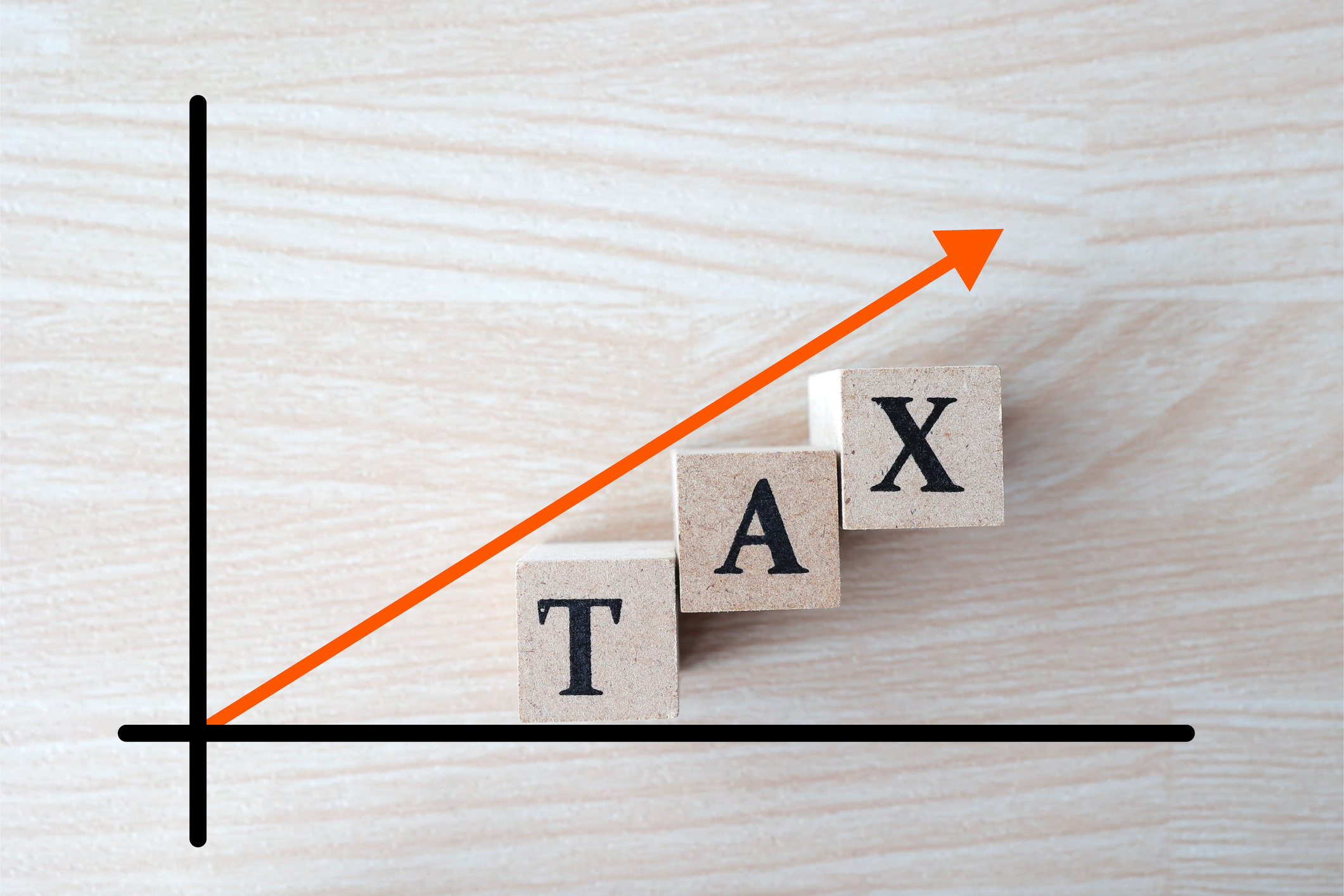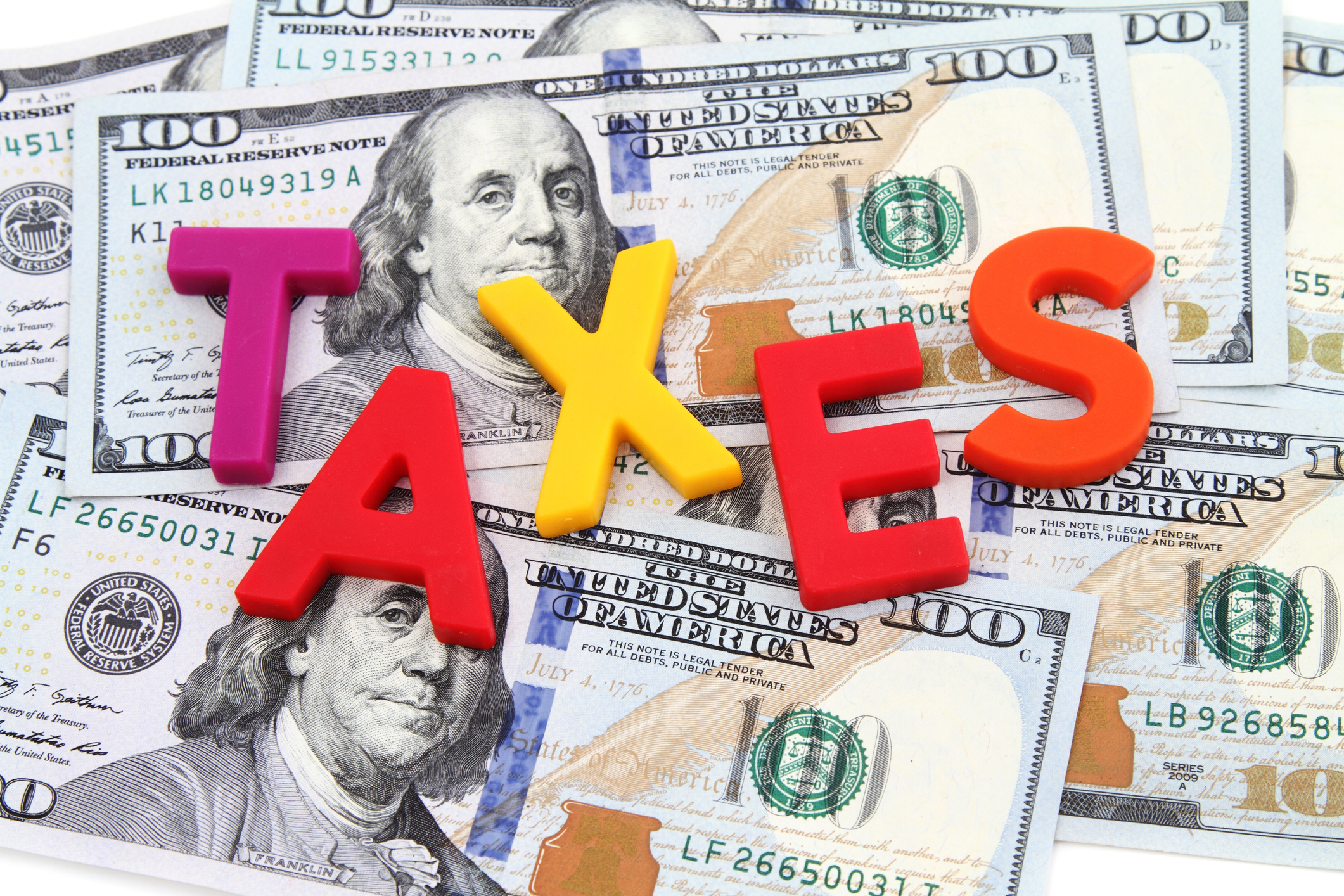The 2025 Standard Deduction Is Here
The IRS has announced a new standard deduction amount for 2025. How much is it?


The IRS released the 2025 standard deduction amounts you’ll use for your 2025 tax return.
These amounts for each filing status are adjusted for inflation every year. So, the standard deduction is higher for 2025 than last year.
Knowing the standard deduction amount for your status can help you determine whether you should plan to itemize or standard deduct next year; after all, the Tax Cuts and Jobs Act (TCJA) is set to expire at the end of 2026, which, if it does, could lead to lower standard deduction amounts.

Sign up for Kiplinger’s Free E-Newsletters
Profit and prosper with the best of expert advice on investing, taxes, retirement, personal finance and more - straight to your e-mail.
Profit and prosper with the best of expert advice - straight to your e-mail.
For information on the current standard deduction, see: What's the 2024 Standard Deduction?
Note: The IRS also announced new 2025 federal income tax brackets. For more information, see New 2025 Tax Brackets Are Set.
How much is the standard deduction for 2025? (Returns normally filed in 2026)
The IRS has just announced that the standard deduction amounts are increasing between $400 and $800 from the 2024 numbers. Below are the 2025 amounts:
| Married Filing Joint and Surviving Spouses | $30,000 | Increase of $800 from the 2024 amount |
| Single and Married Filing Separately | $15,000 | Increase of $400 from the 2024 amount |
| Heads of Household | $22,500 | Increase of $600 from the 2024 amount |
2025 standard deduction over age 65
There's an additional standard deduction for taxpayers 65 and older and those who are blind. For 2025 that additional amount is $1,600 ($2,000 if unmarried and not a surviving spouse).
Those eligible can add the extra standard deduction to the regular amount for their filing status. So, a single taxpayer 65 or older (or who is blind) can claim a total standard deduction of $17,000 on their 2025 federal tax return.
For more information on how the additional deduction works, see: The Extra Standard Deduction for People 65 or Older.
Standard deduction if you are claimed as a dependent
Your standard deduction amount may differ if you can be claimed as a dependent on another taxpayer’s federal tax return.
The 2025 standard deduction for dependents is limited to either $1,350 or the sum of $450 and the dependent’s earned income, whichever is greater.
Note: The standard deduction for dependents cannot exceed the regular standard deduction for your filing status, even if your earned income is higher than the basic standard deduction amount.
How did the TCJA change the standard deduction?
It’s important to keep in mind that the TCJA, also known as the “Trump tax cuts” almost doubled the standard deduction about six years ago. Before the TCJA, the 2018 amounts for single filers and married filing joint couples were $6,500 and $12,000, respectively.
After the TCJA was enacted, the base standard deduction amounts jumped to $13,000 (single filers) and $24,000 (married filing jointly). As mentioned, the standard deduction is adjusted for inflation each year, which you can see from the newly announced 2025 amounts.
Currently, several provisions of the TCJA are set to sunset as of 2026. Not only could this reduce the standard deduction, but your taxes may be impacted by other changes in tax credits and deductions.
Post-election negotiations in Congress will be crucial in determining your tax burden going forward.
For more information on how the TCJA affected tax credits and deductions, see: What Is the Tax Cuts and Jobs Act (TCJA)?.
What about 2025 tax brackets?
Note: The IRS has also announced the tax bracket adjustments for the 2025 tax year, continuing its annual inflation-based updates.
For 2025 (returns you'll usually file in early 2026), the top tax rate of 37% will now apply to single filers with incomes exceeding $626,350, up from $609,350 in 2024.
This upward revision of income thresholds across all brackets means some taxpayers may find themselves in a lower tax bracket for the same income level compared to the previous year.
For more information see Kiplinger's report New 2025 Income Tax Brackets Are Set: What to Know Now.
Related Content
Get Kiplinger Today newsletter — free
Profit and prosper with the best of Kiplinger's advice on investing, taxes, retirement, personal finance and much more. Delivered daily. Enter your email in the box and click Sign Me Up.

Kate is a CPA with experience in audit and technology. As a Tax Writer at Kiplinger, Kate believes that tax and finance news should meet people where they are today, across cultural, educational, and disciplinary backgrounds.
-
 2026 Disney Dining Plan Returns: Free Dining for Kids & Resort Benefits
2026 Disney Dining Plan Returns: Free Dining for Kids & Resort BenefitsPlan your 2026 Walt Disney World vacation now. Learn about the returning Disney Dining Plan, how kids aged three to nine eat free, and the exclusive benefits of staying at a Disney Resort hotel.
By Carla Ayers
-
 How Can Investors Profit From AI's Energy Use?
How Can Investors Profit From AI's Energy Use?Global energy demand is expected to grow by leaps and bounds over the next several years as AI usage accelerates. Here's how to get a piece of the pie.
By Jacob Schroeder
-
 Trump’s Tax Cut Risks Your SNAP, Medicaid Benefits
Trump’s Tax Cut Risks Your SNAP, Medicaid BenefitsTax Cuts The GOP budget blueprint could slash lifesaving programs for millions of U.S. households.
By Gabriella Cruz-Martínez
-
 Missed Tax Day? Nearly One Million Taxpayers Still Can File and Claim Valuable Tax Refunds
Missed Tax Day? Nearly One Million Taxpayers Still Can File and Claim Valuable Tax RefundsTax Refunds As many as one million taxpayers could be missing out on a significant tax refund.
By Gabriella Cruz-Martínez
-
 Which Generation Pays the Most Tax in the US?
Which Generation Pays the Most Tax in the US?Tax Burden Polls show that most people feel like taxes are unfair. But which age group bears the brunt of the tax burden in the United States?
By Kelley R. Taylor
-
 How the Trump Harvard IRS Tax Threat Could Impact You
How the Trump Harvard IRS Tax Threat Could Impact YouTax Law Trump's latest higher education showdown raises fundamental questions that could reach beyond Harvard's nonprofit tax status.
By Kelley R. Taylor
-
 Tax Day 2025: Don’t Miss These Freebies, Food Deals and Discounts
Tax Day 2025: Don’t Miss These Freebies, Food Deals and DiscountsTax Day You can score some sweet deals on April 15 in some select restaurants like Burger King, Shake Shack, and more.
By Gabriella Cruz-Martínez
-
 Tax Time: Does Your Kid Influencer Owe Taxes?
Tax Time: Does Your Kid Influencer Owe Taxes?State Tax Some minors are making big money on social media. Here’s how to know if they need to file taxes.
By Gabriella Cruz-Martínez
-
 Did Florida’s Chance at $1,000 in Property Tax Rebates Vanish?
Did Florida’s Chance at $1,000 in Property Tax Rebates Vanish?State Taxes The Florida Legislature bypassed Gov. Ron DeSantis’ wish to cut property taxes and instead voted to lower the state’s sales tax.
By Gabriella Cruz-Martínez
-
 How Caregivers for Adults Can Save on Taxes in 2025
How Caregivers for Adults Can Save on Taxes in 2025Tax Breaks Caring for your parent or spouse can be stressful, but the IRS offers tax breaks for qualifying taxpayers. Here they are.
By Kate Schubel